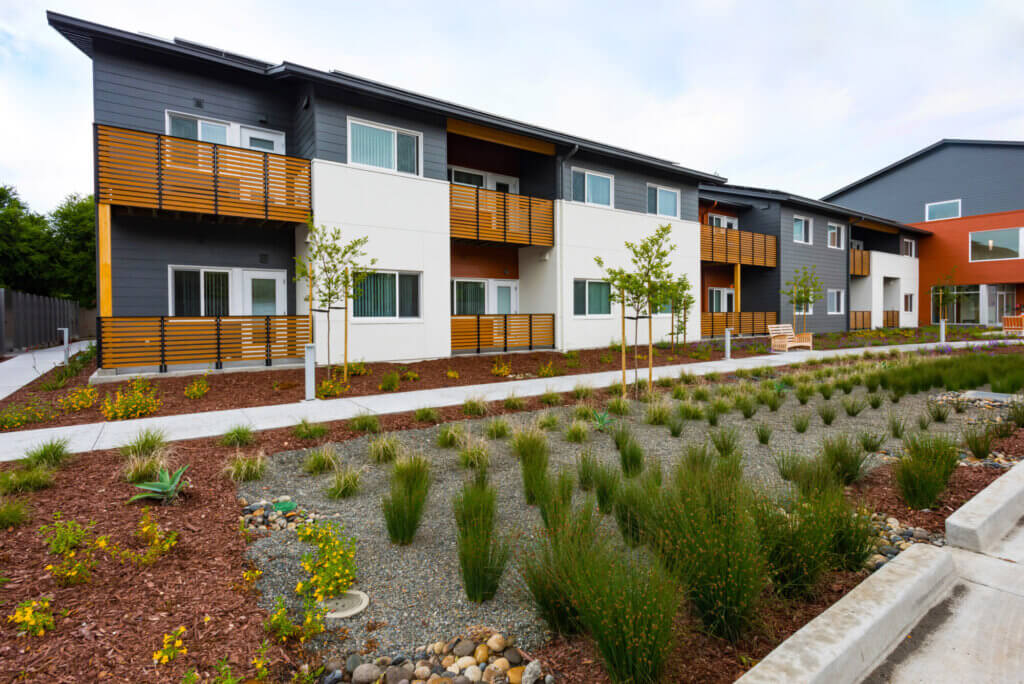The Housing Potential for Land Owned by Faith-Based Organizations and Colleges
Published On August 30, 2023
Senate Bill (SB) 4 is a California legislative proposal to allow and streamline affordable housing on land owned by faith-based organizations (FBOs) and non-profit institutions of higher education. New research by the Terner Center indicates that there is roughly 171,000 acres of land throughout the state that would be eligible for the benefits proposed under SB 4 and that may be well-positioned for new affordable housing development.
Our analysis uses parcel-level data to identify land eligible for SB 4 within every county in California. We find that nearly half of the potentially developable land eligible for SB 4 incentives is located in neighborhoods of high opportunity. We also find that a significant share of such land is located near high-quality transit stops.
The report concludes with recommendations for further facilitating housing development on land owned by also increasing the technical assistance available to FBOs and higher education institutions.





